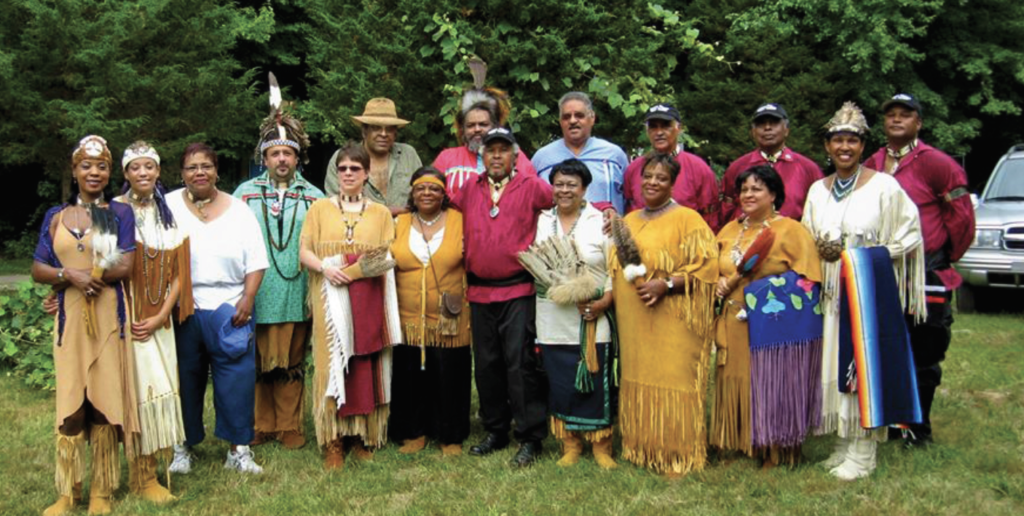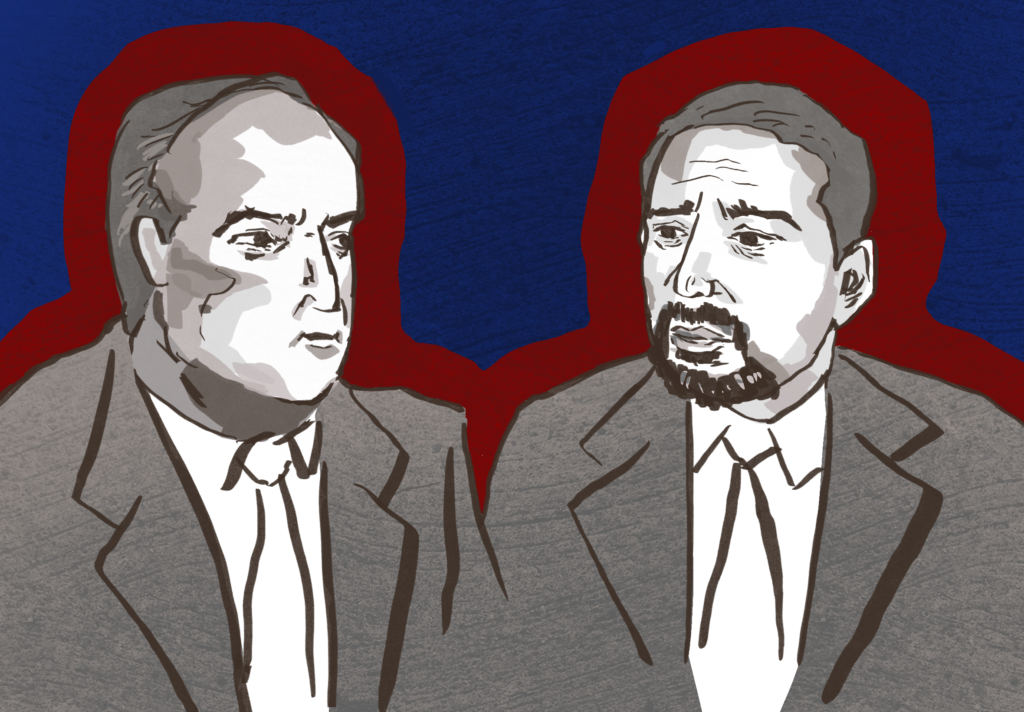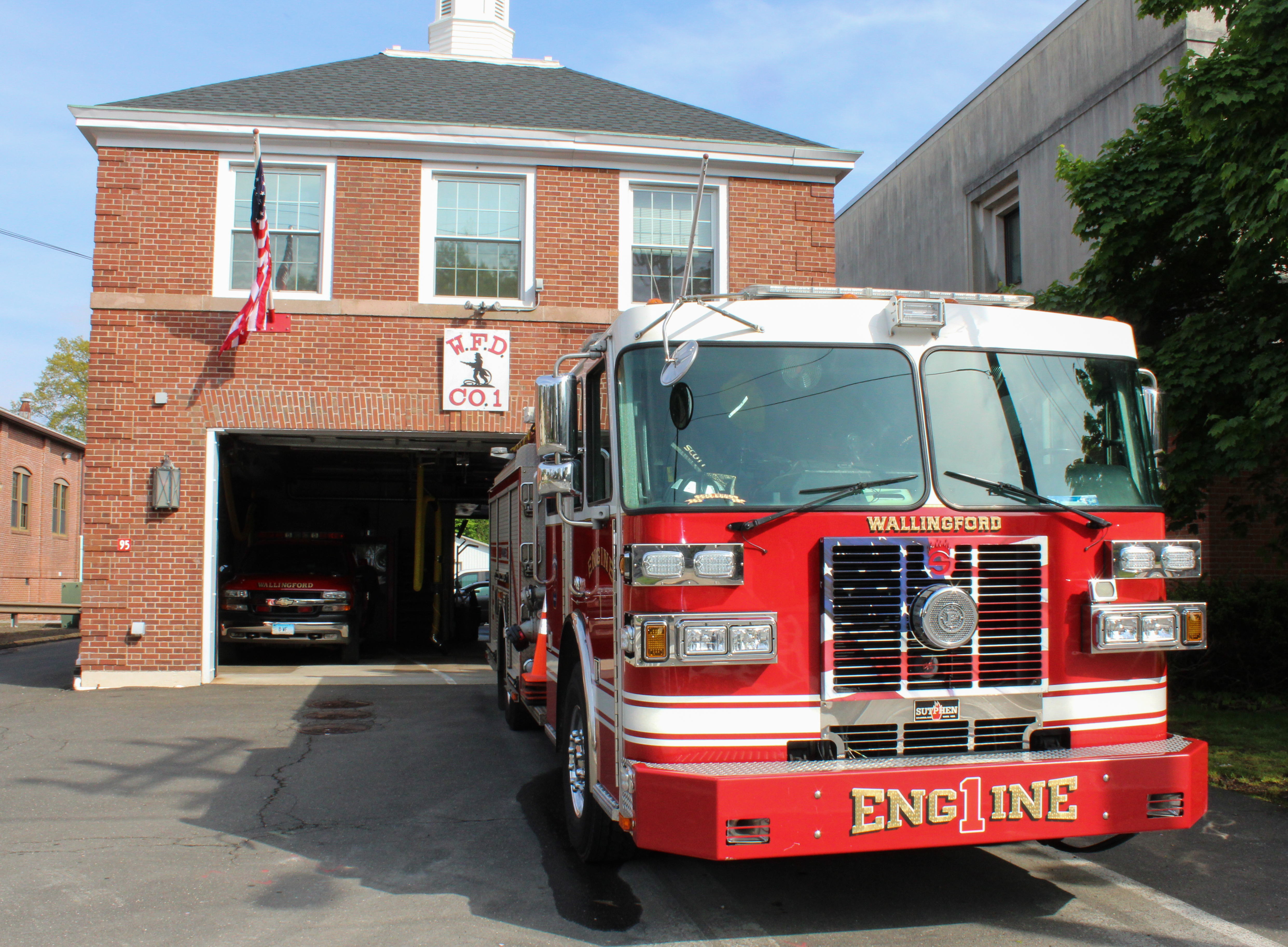
Photo courtesy of Eastern Pequot Tribal Nation.
November nationally commemorates Native American Heritage Month. This November, the deep history of Indigenous peoples in Connecticut is being honored by regional institutions and community organizations.
Before Connecticut was a British colony, the region was inhabited by Native tribes: the Nipmuc, the Sequin (consisting of the Tunxis, Schaghticoke, Quinnipiac, Podunk, Wanguk, and Hammonasset peoples), the Matabesec, and the Mohegan-Pequot. The name “Connecticut” itself is derived from the Mohegan-Pequot word “Quinnehtukqut,” which means “land on the long tidal river.” 385 years later, the land that is now Connecticut is celebrating and honoring Native Americans, their customs, and their history. The Month celebrates the diverse cultures, traditions, and contributions of Indigenous tribes, and acknowledges the struggles for equality they have faced.
Throughout November, and throughout Connecticut, events are taking place in celebration of Indigenous communities. Various colleges and universities are offering educational programming to provide insight on the complex history of tribal nations and their place within Connecticut. In New Haven, Yale University invited Chief Malerba of the Mohegan Tribal Nation on November 1 and Chairman Rodney Butler of the Pequot Tribal Nation on November 4. For the rest of the month, Yale will be holding additional events featuring conversations on Indigenous identity, Mashantucket Pequot pow wows, and opportunities to taste Indigenous cuisine.
At the University of Connecticut in Mansfield, the community will be talking with authors Dr. Susan Birch and Ms. Sandy Grande on Native American pedagogy and institutions, and a dialogue on the history of indigenous land grabbing in Connecticut. Ms. Sage Phillips, a rising senior at the University of Connecticut and a member of the Penobscot Nation, reflected on the importance of celebrating the Month. “[Celebrating Native American Heritage Month] is important to pay our respects to our ancestors who have given us the opportunity to be here today. We also take this time to educate our non-native communities and allies on our cultures, histories, struggles and so much more. It really is a time to uphold and honor Native and Indigenous cultures, though we really try to emphasize that we should be celebrated every day, not just during the month of November.”
Southern Connecticut State University in New Haven also celebrates Native American heritage. The university has featured keynote speakers, read books featuring Indigenous perspectives, and screened the short film “The Bears on Pine Ridge,” which focuses on adversity faced by an isolated Native American community.
On November 9, the Albert Schweitzer Institute at Quinnipiac University in Hamden featured a lesson about the history of the Quinnipiac area and its connections with the local Indigenous population. “Quinnipiac is not named after a river. The history of the Indigenous goes back thousands of years but […] the society we grew up in is not based on the history of the place, but on the people who colonized it,” said Quinnipiac Professor Sean Duffy, Executive Director of the Albert Schweitzer Institute, which links teaching and ethics.
Furthermore, the Mashantucket Pequot Museum & Research Center in Ledyard, Connecticut offered free admission on November 9 for the first annual Community Day in recognition of Native American Heritage Month. The museum will also be hosting a pow wow to honor veterans on November 13.
Ms. Phillips had one last message to share with the Choate community: “I encourage you to take some time to educate yourselves on the presence of Indigenous peoples in your own communities and beyond, while also learning and understanding whose lands you are on. Kci woliwoni (many thanks).”




